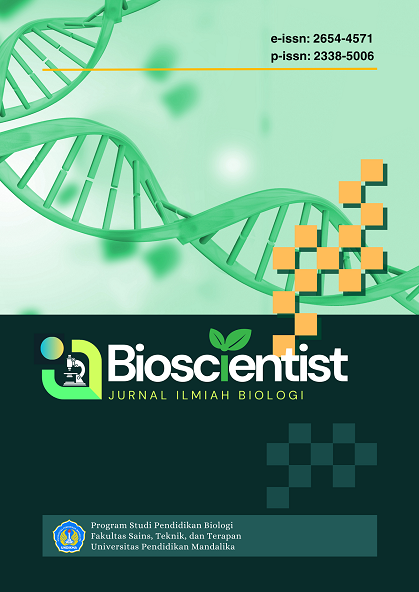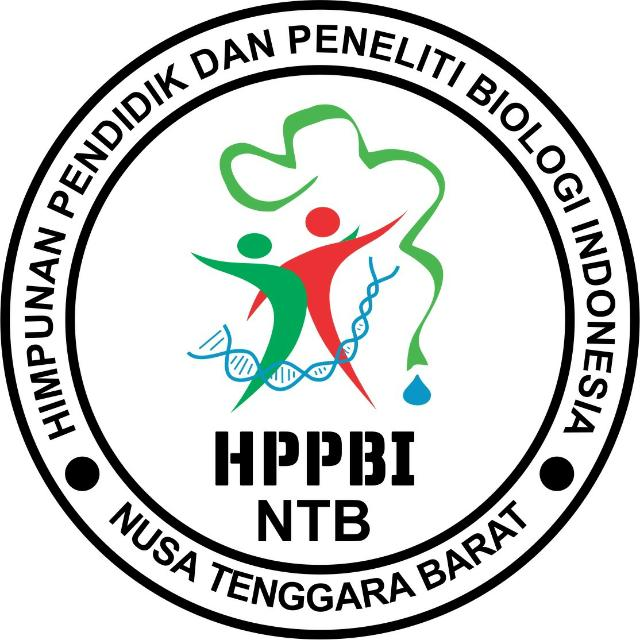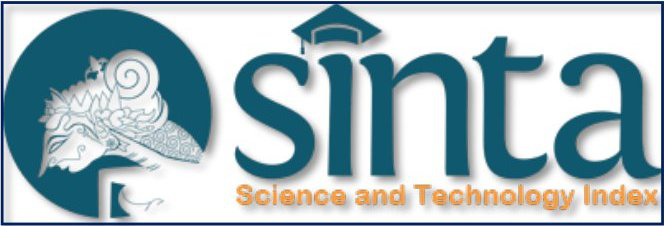Evaluasi Aktivitas Antibakteri Minyak Jintan Hitam Terhadap Bakteri Gram-Positif dan Gram-Negatif: Studi pada Staphylococcus aureus dan Pseudomunas aeruginosa
DOI:
https://doi.org/10.33394/bioscientist.v13i1.14950Keywords:
minyak jintan hitam, Staphylococcus aureus, Pseudomonas aeruginosa, aktivitas antibakteriAbstract
This study aims to evaluate the antibacterial activity of black cumin oil (Nigella sativa) against Gram-positive (Staphylococcus aureus) and Gram-negative (Pseudomonas aeruginosa) bacteria. Methods: The antibacterial activity was tested using the well diffusion method with varying concentrations of black cumin oil (0.1%, 0.5%, 1%, and 2%), along with a negative control using ethyl acetate as the solvent. Additionally, a simple phytochemical screening was conducted using a test tube reaction method to detect the presence of active compounds such as alkaloids, flavonoids, tannins, and saponins. The results showed that (1) black cumin oil at a concentration of 2% produced the largest inhibition zones, measuring 15.33 ± 3.21 mm for Staphylococcus aureus and 9.37 ± 1.98 mm for Pseudomonas aeruginosa; (2) Statistical analysis confirmed significant differences in several treatments, with a p-value < 0.05. The antibacterial effect of black cumin oil was stronger against Gram-positive bacteria than Gram-negative bacteria, likely due to differences in bacterial cell wall structures; (3) Furthermore, black cumin oil tested positive for alkaloids and saponins, which are known as potential antimicrobial compounds. Overall, this study indicates that black cumin oil has the potential to serve as an effective natural antibacterial agent, particularly against Gram-positive Staphylococcus aureus.
References
Abbas, M., Gururani, M. A., Ali, A., Bajwa, S., Hassan, R., Batool, S. W., Imam, M., & Wei, D. (2024). Antimicrobial Properties and Therapeutic Potential of Bioactive Compounds in Nigella sativa: A Review. Molecules, 29(20), 4914. https://doi.org/10.3390/molecules29204914
Alberts, A., Moldoveanu, E.-T., Niculescu, A.-G., & Grumezescu, A. M. (2024). Nigella sativa: A Comprehensive Review of Its Therapeutic Potential, Pharmacological Properties, and Clinical Applications. International Journal of Molecular Sciences, 25(24), 13410. https://doi.org/10.3390/ijms252413410
Dera, A. A., Ahmad, I., Rajagopalan, P., Shahrani, M. A., Saif, A., Alshahrani, M. Y., Alraey, Y., Alamri, A. M., Alasmari, S., Makkawi, M., Alkhathami, A. G., Zaman, G., Hakami, A., Alhefzi, R., & Alfhili, M. A. (2021). Synergistic efficacies of thymoquinone and standard antibiotics against multi-drug resistant isolates. Saudi Medical Journal, 42(2), 196–204. https://doi.org/10.15537/smj.2021.2.25706
Fauziah, S. N., Rukaya, B. E., & Syuhada. (2022). Uji aktivitas fraksi n-hexan dan etil asetat ekstrak etanol daun pepaya (Carica papaya L.) terhadap Propionibacterium acnes. Journal Borneo, 2(2), Article 2. https://doi.org/10.57174/jborn.v2i2.36
Hossain, Md. S., Sharfaraz, A., Dutta, A., Ahsan, A., Masud, Md. A., Ahmed, I. A., Goh, B. H., Urbi, Z., Sarker, Md. M. R., & Ming, L. C. (2021). A review of ethnobotany, phytochemistry, antimicrobial pharmacology and toxicology of Nigella sativa L. Biomedicine & Pharmacotherapy, 143, 112182. https://doi.org/10.1016/j.biopha.2021.112182
Liang, H., Wang, Y., Liu, F., Duan, G., Long, J., Jin, Y., Chen, S., & Yang, H. (2024). The Application of Rat Models in Staphylococcus aureus Infections. Pathogens, 13(6), 434. https://doi.org/10.3390/pathogens13060434
Liu, X., Xiong, Y., Peng, R., Zhang, Y., Cai, S., Deng, Q., Yu, Z., Wen, Z., Chen, Z., & Hou, T. (2024). Antibacterial activity and mechanisms of D-3263 against Staphylococcus aureus. BMC Microbiology, 24, 224. https://doi.org/10.1186/s12866-024-03377-3
Muteeb, G., Rehman, M. T., Shahwan, M., & Aatif, M. (2023). Origin of Antibiotics and Antibiotic Resistance, and Their Impacts on Drug Development: A Narrative Review. Pharmaceuticals, 16(11), 1615. https://doi.org/10.3390/ph16111615
Nurcholis, W., Marliani, N., Adam, F., Da’inawari, K., Mukti, S. F., Sudarjat, K. S. A., & Utami, T. R. (2023). Uji Sitoksisitas, Fitokimia Kualitatif, dan Antibakteri pada Lima Genotipe Rimpang Temu Hitam (Curcuma aeruginosa Roxb). Justek : Jurnal Sains Dan Teknologi, 6(1), 01–11. https://doi.org/10.31764/justek.v6i1.12303
Nurhayati, L. S., Yahdiyani, N., & Hidayatulloh, A. (2020). Perbandingan Pengujian Aktivitas Antibakteri Starter Yogurt dengan Metode Difusi Sumuran dan Metode Difusi Cakram. Jurnal Teknologi Hasil Peternakan, 1(2), 41–46. https://doi.org/10.24198/jthp.v1i2.27537
Qin, S., Xiao, W., Zhou, C., Pu, Q., Deng, X., Lan, L., Liang, H., Song, X., & Wu, M. (2022). Pseudomonas aeruginosa: Pathogenesis, virulence factors, antibiotic resistance, interaction with host, technology advances and emerging therapeutics. Signal Transduction and Targeted Therapy, 7(1), 1–27. https://doi.org/10.1038/s41392-022-01056-1
Qureshi, K. A., Imtiaz, M., Parvez, A., Rai, P. K., Jaremko, M., Emwas, A.-H., Bholay, A. D., & Fatmi, M. Q. (2022). In Vitro and In Silico Approaches for the Evaluation of Antimicrobial Activity, Time-Kill Kinetics, and Anti-Biofilm Potential of Thymoquinone (2-Methyl-5-propan-2-ylcyclohexa-2,5-diene-1,4-dione) against Selected Human Pathogens. Antibiotics, 11(1), 79. https://doi.org/10.3390/antibiotics11010079
Shafodino, F. S., Lusilao, J. M., & Mwapagha, L. M. (2022). Phytochemical characterization and antimicrobial activity of Nigella sativa seeds. PLOS ONE, 17(8), e0272457. https://doi.org/10.1371/journal.pone.0272457
Syuhada, Anggadiredja, K., Kurniati, N. F., & Akrom. (2023). The Potential of Nigella sativa oil on Clinical output improvement of diabetic neuropathy. Journal of Applied Pharmaceutical Science, 13,(9), 009–017. https://doi.org/10.7324/JAPS.2023.141927
Wahab, S., & Alsayari, A. (2023). Potential Pharmacological Applications of Nigella Seeds with a Focus on Nigella sativa and Its Constituents against Chronic Inflammatory Diseases: Progress and Future Opportunities. Plants, 12(22), 3829. https://doi.org/10.3390/plants12223829













